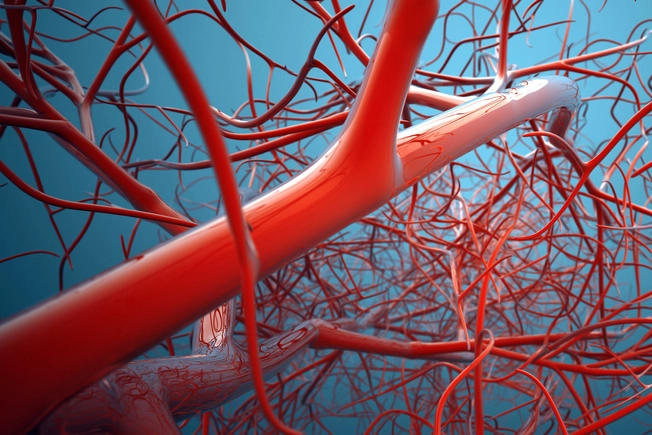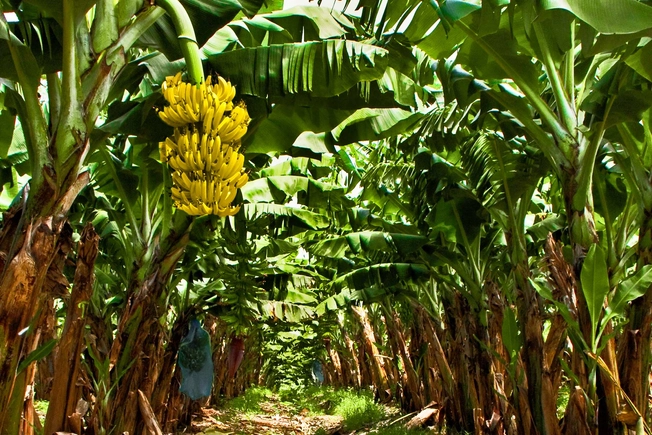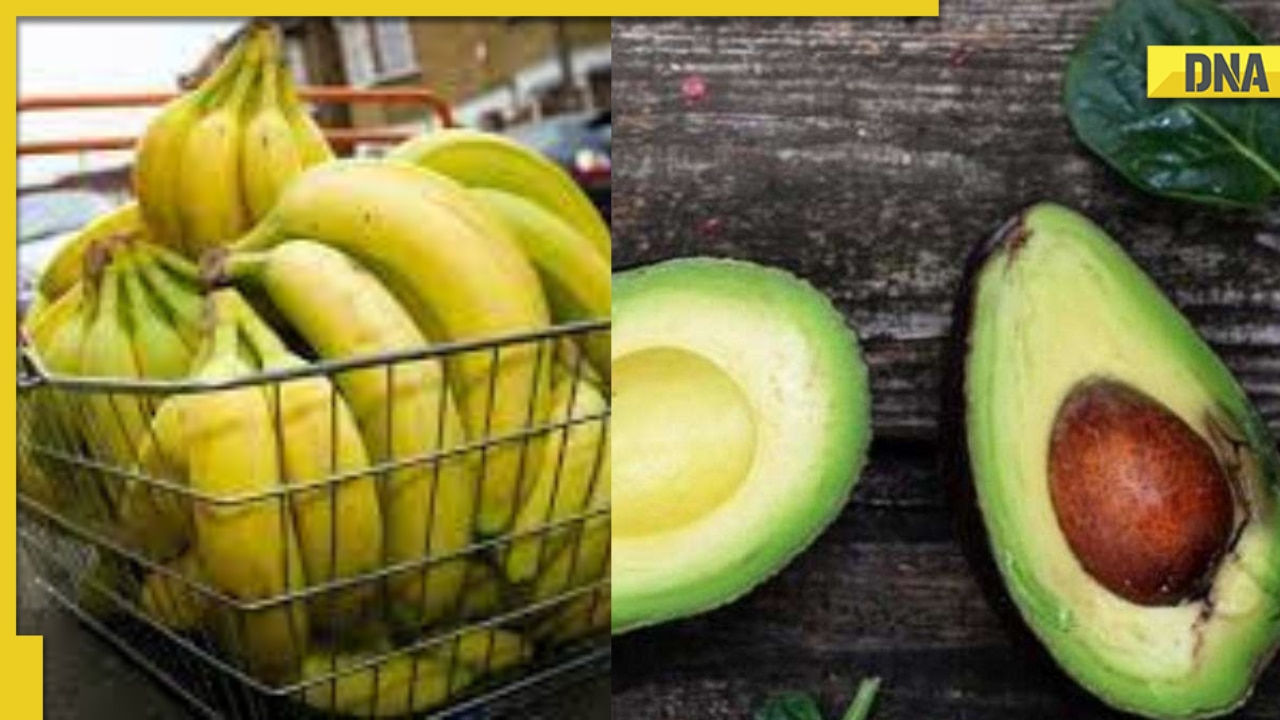The science supporting the efficacy of magnesium for major depression and other psychiatric disorders, testing for magnesium deficiency, and which forms and dosages are most effective.

Depression, a life-threatening psychiatric disorder, lies at the confluence of biochemical, hormonal, immunological, and neurodegenerative variables, which intersect to generate the pro-inflammatory state with which depression is associated. A major public health issue, depression is estimated to become one of the top three contributors to the global burden of diseases within a few years. Not only does depression consume a sizable portion of health care expenditures, but it is considered to be an independent risk factor for metabolic, cardiovascular, and neuropsychiatric disorders (1).
Current treatments are predicated upon a misguided serotonin theory of depression, and are accompanied by a laundry list of deleterious side effects ranging from sexual dysfunction to homicidality (2, 3, 4). Antidepressant medications likewise significantly increase the risk of all-cause mortality, or death from any cause, as well as heart disease, leading researchers to deem this class of pharmaceuticals as harmful to the general population (5). This, in combination with data indicating that antidepressants are clinically equivalent to placebo, render them an unfavorable option (6), especially considering that they offer little in the way of resolving the root cause.
Magnesium: The Miracle Mineral
Rather than resorting to psychotropic drugs, it would be prudent to explore whether magnesium (Mg) supplementation improves depression, since this essential mineral is implicated in the pathophysiology of this disorder. Magnesium may be indeed branded as miraculous given its essentiality as a cofactor to over three hundred enzymatic reactions (7). It is second only to potassium in terms of the predominant intracellular cations, or ions residing in cells that harbor a positive charge (7).
Magnesium is fundamentally involved in protein production, synthesis of nucleic acids, cell growth and division, and maintenance of the delicate electrolyte composition of our cells (7). It also imparts stability to the membranes of the energy factories of our cells called mitochondria (7). As articulated by researchers, “The physiological consequences of these biochemical activities include Mg’s central roles in the control of neuronal activity, cardiac excitability, neuromuscular transmission, muscular contraction, vasomotor tone, and blood pressure” (7).
The biological effects of magnesium are widespread. When deficient, magnesium is correlated with systemic inflammation. Not only does magnesium sufficiency promote cardiovascular health, relaxing the smooth muscles that comprise blood vessels and preventing high levels of vascular resistance that cause hypertension, but it also plays a role in musculoskeletal health and prevents sarcopenia, osteoporosis, and fractures (8). Magnesium is essential to regulation of sleep (9) and vitamin D metabolism (10) as well as neural plasticity and cognitive function.
However, food processing and industrial agriculture, including monoculture crop practices and the use of magnesium-devoid fertilizers, have led to soil erosion and depletion of magnesium content in our food (7). Magnesium is likewise removed from most drinking water supplies, rendering magnesium deficiency an inevitability (11). As such, our daily intake of magnesium has steadily declined from 500 milligrams (mg) per day to 175 mg per day (7). The nutrient-poor, energy-dense dietary patterns which have come to dominate the industrialized landscape are also insufficient in the fiber-rich fruits and vegetables which contain magnesium.
Animal Studies Propose a Role for Magnesium in Depression
Preliminary animal studies pointed to a role of magnesium in depression, as depletion of magnesium in the diet of mice lead to enhanced depression- and anxiety-related behavior such as increased immobility time in the forced swim test (12). In the forced swim test, a common assay for examining depression-like behavior in rodents, the animal is confined to a container filled with water and observed as it attempts to escape. The time in which the animal exhibits immobility is used as a barometer of despair, indicating that the animal has succumbed to a fate of drowning (1).
This model is confirmed by studies showing that administering substances with antidepressant properties such as Hypericum perforatum, also known as St. John’s Wort, can significantly decrease the time the animal spends without locomotor activity (12). In addition, the time the animal spends immobilized is influenced by many of the factors that are changed as a consequence of depression in humans, such as drug-withdrawal-induced anhedonia, impaired sleep, and altered food consumption (1).
Human Studies Confirm the Role of Magnesium in Depression
There is a paucity of research on the influence of specific micronutrients in depression and results are inconsistent, but several studies have revealed low serum magnesium in this mood disorder. It is well-documented, for example, that dietary magnesium deficiency in conjunction with stress can lead to neuropathologies and symptoms of psychiatric disorders. Researchers echo this sentiment, stating that, “Dietary deficiencies of magnesium, coupled with excess calcium and stress may cause many cases of other related symptoms including agitation, anxiety, irritability, confusion, asthenia, sleeplessness, headache, delirium, hallucinations and hyperexcitability” (11, p. 362).
The Hordaland Health study in Western Norway illustrated an inverse association between standardized energy-adjusted magnesium intake and depression scores, meaning that people who consumed less magnesium had higher rates of depression (13). When the serum and cerebrospinal fluid of acutely depressed patients diagnosed with major depressive disorder or bipolar patients in a depressive episode were compared to healthy controls, the calcium to magnesium ratio was found to be elevated in the former (14). Calcium and magnesium are minerals which antagonize one another and compete for absorption, since each of these minerals is a divalent cation (a positive ion with a valence of two). Suicidality, one of the primary manifestations of severe depression, is accompanied by low cerebrospinal fluid levels of magnesium despite normal calcium levels, lending credence to the role of magnesium in positive emotionality (15).
Magnesium Effective in Bipolar Disorder, Fibromyalgia, PMS, and Chronic Fatigue Syndrome
A formulation of magnesium aspartate hydrochloride known as Magnesiocard has been shown to invoke mood-stabilizing effects in patients with severe rapid cycling bipolar disorder in one open study label (16). In half of the patients treated, this magnesium preparation had results equivalent to lithium, the standard of care for this patient population, such that the researchers suggested: “The possibility that Magnesiocard could replace or improve the efficacy of lithium as a preventive treatment of manic-depressive illness merits further clinical investigation” (16, p. 171). When used as an adjunctive therapy in severe, therapy-resistant mania, magnesium sulphate infusions significantly reduced the use of lithium, benzodiazepines and neuroleptics, so much so that the researchers concluded that it “may be a useful supplementary therapy for the clinical management of severe manic agitation” (17, p. 239).
In another randomized trial of elderly patients with type 2 diabetes and magnesium deficiency, elemental magnesium administered at 450 mg per day was found to have equivalent efficacy to 50 mg of the antidepressant drug Imipramine in treating depressive symptoms (18). Magnesium citrate taken at 300 mg per day has likewise been shown to decrease depression and other symptoms in patients with fibromyalgia as indicated by significant decreases in the fibromyalgia impact questionnaire (FIQ) and Beck depression scores (19).
Data also indicate that supplementation with 360 mg of magnesium administered to women with premenstrual syndrome (PMS) three times a day in the second half of the cycle is effective for so-called negative affect and other premenstrual-related mood symptoms (20). Lastly, intramuscular magnesium sulphate administered every week for six weeks has been proven to be effective in improving emotional state and other parameters in chronic fatigue syndrome (CFS) (21).
Mechanism of Action for Antidepressant Effects of Magnesium
According to researchers, “Biological systems discussed to be involved in the pathophysiology of affective disorders and the action of mood stabilizing drugs are affected by Mg, such as the activity of the hypothalamus–pituitary–adrenocortical (HPA) system, corticotropin releasing factor (CRF)-, GABA- and glutamatergic (via NMDA receptors) neurotransmission and several transduction pathways including protein kinase C” (12). Not only that, but magnesium elicits similar effects on nocturnal hormonal secretion and sleep brain waves to lithium salts, which are used as a treatment modality for bipolar disorder, supporting the role of magnesium as a mood stabilizer (22).
Magnesium operates as an agonist, or a stimulatory molecule, for γ-aminobutyric acid (GABA) receptors (22). GABA is the main inhibitory neurotransmitter in the central nervous system. By binding to the GABA receptor and replicating the effects of GABA, magnesium may alleviate anxiety. Magnesium may also elicit its antidepressant effects by acting as an inorganic antagonist of N-methyl-d-aspartic acid (NMDA) receptor function (Poleszak et al., 2007). Receptor antagonists are ligands, or substances, which bind to a receptor but inhibit its activity rather than activating it. NMDA receptors, which occur on the surface of nerve cells, are activated in part by glutamate, one of the excitatory amino acids in the brain.
Researchers state that, “Dysfunction of NMDA receptors seems to play a crucial role in the neurobiology of disorders such as Parkinson’s disease, Alzheimer’s disease, epilepsy, ischemic stroke, anxiety and depression,” such that, “ligands interacting with different sites of NMDA receptor complex are widely investigated as potential agents for the treatment of a variety of neuropsychiatric disorders” (22). In fact, drug inhibitors at the NMDA receptor complex, such as ketamine, demonstrate antidepressant effects (23, 24), but also induce such severe side effects that their clinical utility is limited (31). Magnesium, on the other hand, may have a similar mechanism of action by interfering with NMDA receptor activation without the adverse consequences of drug-induced NMDA receptor blockade (25).
Recent Study Proves Efficacy of Oral Magnesium for Depression
A recent open-label, randomized, cross-over trial was conducted in outpatient primary care clinics on 126 adults diagnosed with depression (26). During the intervention, 248 mg of elemental magnesium chloride per day, obtained from four 500 mg tablets, was administered for six weeks and compared to six weeks of no treatment, and subjects were evaluated for changes in depressive symptoms (26).
Magnesium administration results in clinically significant improvements in scores on both the Patient Health Questionnaire-9 (PHQ-9), a validated measure of the severity of depression and response to treatment, as well as the Generalized Anxiety Disorders-7 (GAD-7), a sensitive self-reported screening tool for severity of anxiety disorders (26). Impressively, results appeared in as little as two weeks, representing the dramatic improvement that nutrient restoration can facilitate (26). Impressively, however, magnesium exerted anti-depressant effects regardless of baseline magnesium level. It also exhibited efficacy independent of the gender, age, or baseline severity of depression of subjects, as well as their use of antidepressant medications (26). The authors of the study conclude, “Magnesium is effective for mild-to-moderate depression in adults. It works quickly and is well tolerated without the need for close monitoring for toxicity” (26).
Populations At Risk for Magnesium Deficiency
Half of the population of the United States was found to consume less than the recommended amount of magnesium when estimated a decade ago (27). Not only is magnesium lost with certain medical conditions, but this mineral is excreted as a consequence of biological activities such as sweating, urinating, and defecating as well as excess production of stress hormones (7, 11). In addition, because low magnesium has been correlated with various disease states, increasing magnesium status may mitigate risk of these diseases.
For instance, researchers note that, “Low magnesium intakes and blood levels have been associated with type 2 diabetes, metabolic syndrome, elevated C-reactive protein, hypertension, atherosclerotic vascular disease, sudden cardiac death, osteoporosis, migraine headache, asthma, and colon cancer” (27, p. 153). In addition, magnesium deficiency at a cellular level “elicits calcium-activated inflammatory cascades independent of injury or pathogens” (27, p. 153). Low magnesium is associated with systemic inflammation, and inflammation is at the root of most chronic and degenerative diseases.
Testing for Magnesium and Food Sources of Magnesium
While the first inclination of some physicians may be to test magnesium levels for an objective parameter of deficiency, the widely used serum or plasma magnesium does not accurately reflect magnesium levels stored in other tissues (28, 29). In addition, both this hematological index of magnesium status, referred to as total magnesium, and the erythrocyte magnesium level, indicative of the levels of magnesium inside red blood cells, are not negatively affected until severe magnesium deprivation has occurred (7). Therefore, these testing methodologies are not accurate enough to catch preliminary or subclinical magnesium deficiency.
Good food sources of magnesium include pumpkin and squash seed kernels, Brazil nuts, almonds, cashews, peanuts, pine nuts, quinoa, spinach, Swiss chard, beet greens, potatoes, artichoke hearts, dates, bananas, coconut milk, prickly pear, black beans, lima beans, soybeans, and seafood sources including halibut, abalone, anchovy, caviar, conch, crab, oyster, scallop, snail, and pollock. However, it is important to note that magnesium can be leeched from vegetables when food is boiled, and that fiber in excess can decrease magnesium absorption by increasing gastrointestinal motility (7).
Most Bioavailable Forms of Magnesium
As elucidated by the researchers, “Over-the-counter magnesium can be offered as an alternative therapy to those patients hesitant to begin antidepressant treatment and is easily accessible without a prescription” (26). Because the soil is no longer enriched in magnesium, supplementation may be warranted. Organic salts of magnesium, including the acetate, ascorbate, aspartate, bicitrate, gluconate, and lactate forms are more soluble and biologically active over the magnesium mineral salts such as magnesium oxide, magnesium carbonate, magnesium chloride, and magnesium sulfate (7).
However, case studies have shown remarkably rapid recovery from major depression, in less than seven days, when magnesium glycinate and magnesium taurinate are administered at dosages of 125 to 300 mg with each meal and at bedtime (11). Magnesium threonate may also be explored as a therapeutic option, as it may have better penetrance of the blood brain barrier and restore neurological levels of magnesium. This form, which is delivered directly to the brain, may improve cerebral signaling pathways and synaptic connections between nerve cells as well as support learning and memory, although the studies have been conducted in animal models (30).
Researchers report that magnesium is usually effective for treating depression in general use, and that comorbid conditions occurring in these case studies, including “traumatic brain injury, headache, suicidal ideation, anxiety, irritability, insomnia, postpartum depression, cocaine, alcohol and tobacco abuse, hypersensitivity to calcium, short-term memory loss and IQ loss were also benefited” by magnesium supplementation (11, p. 362). Barring abnormal kidney function, the Institute of Medicine sets the upper tolerable limit for intake at 350 mg of elemental magnesium per day, but there are few adverse side effects documented unless consumed in inordinate doses (26).
Before changing your medication or nutraceutical regimen, always consult a functional or integrative medical doctor for contraindications. However, given the benign nature of magnesium supplementation and the ubiquity of magnesium insufficiency, depressedpatients should be offered this as a first line strategy alongside a holistic root-cause resolution approach to treating depression

















